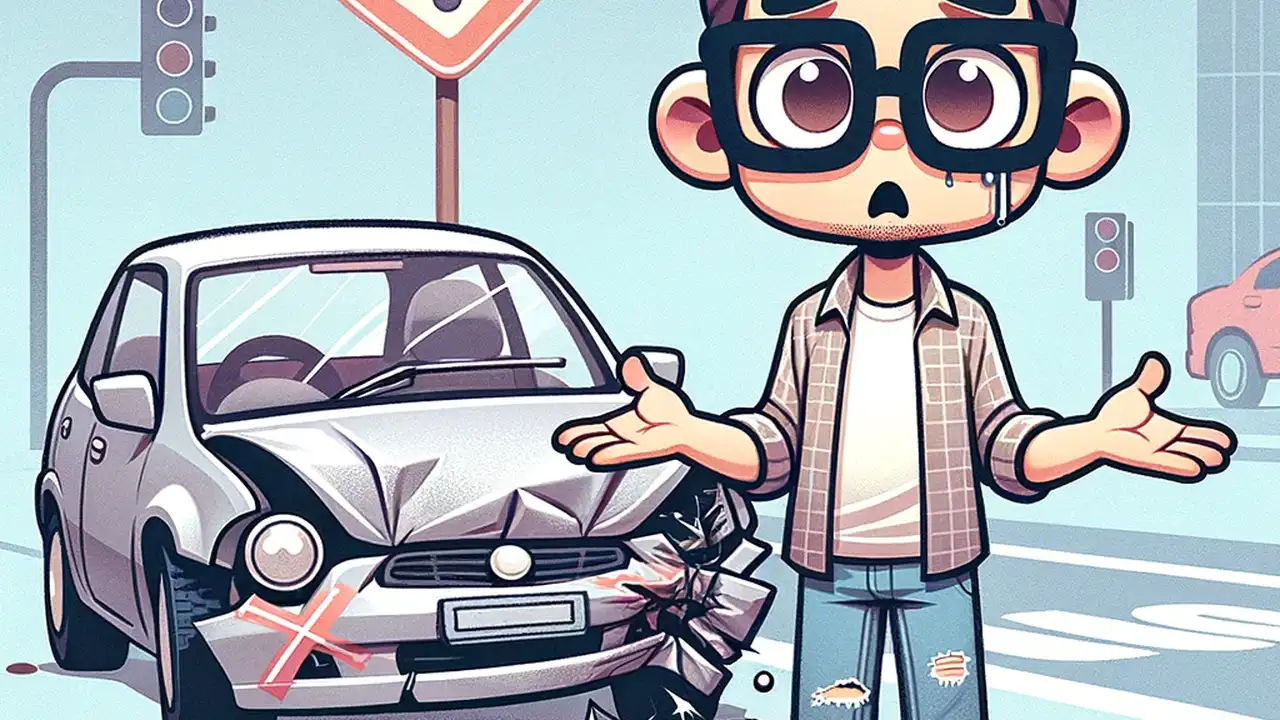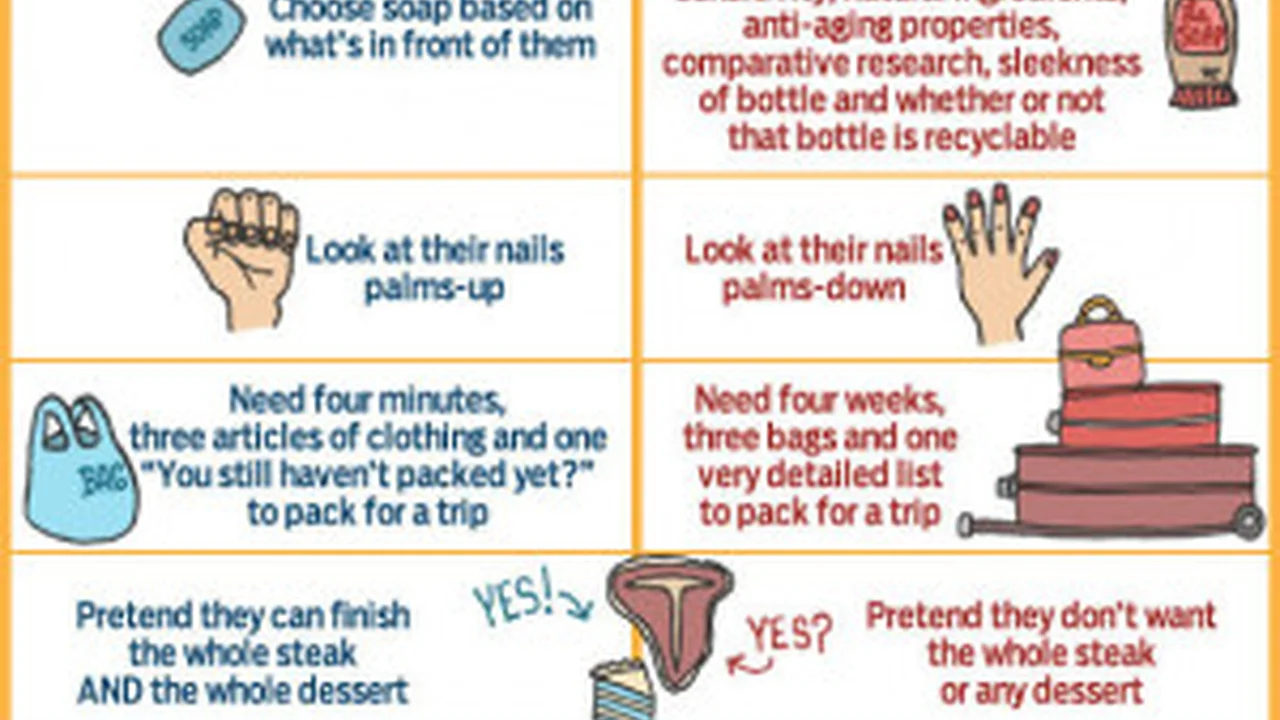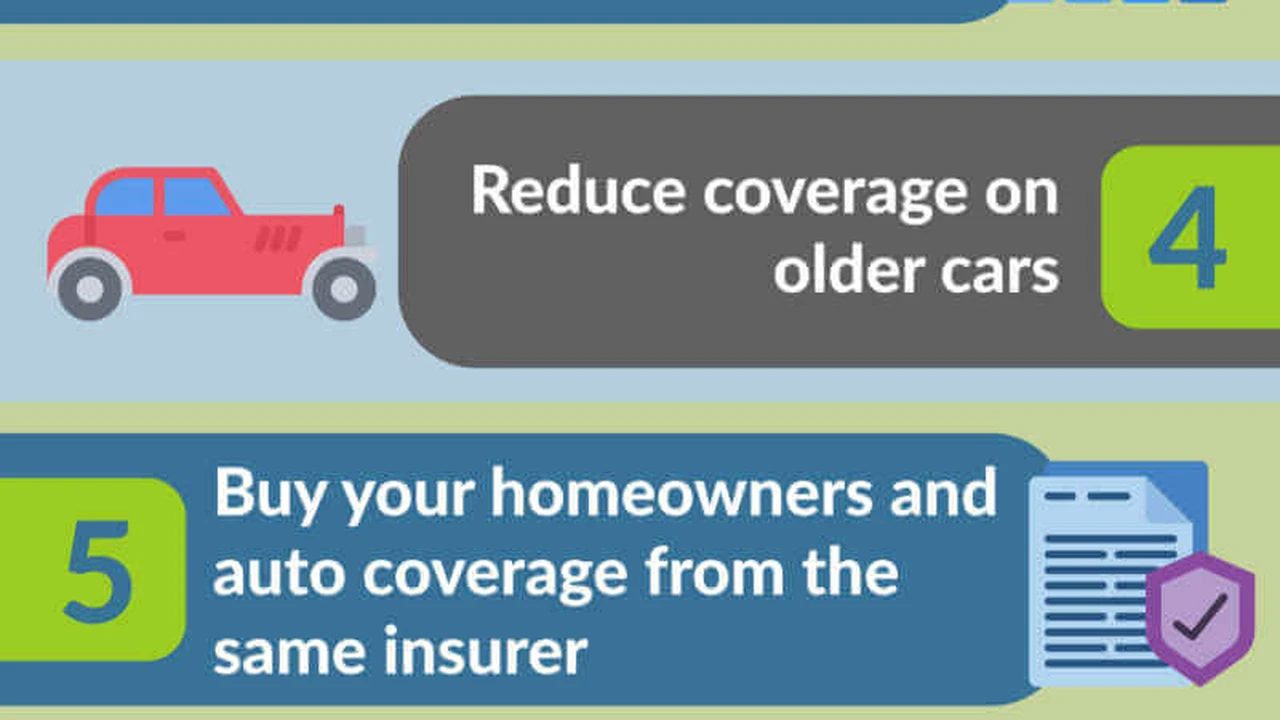Best Car Insurance for High-Risk Drivers

Understanding High-Risk Driver Car Insurance
Alright, let's face it. If you've got a few blemishes on your driving record – maybe a speeding ticket (or three!), an accident, or even a DUI – you're likely considered a "high-risk" driver by insurance companies. This unfortunately means you'll probably be paying more for your car insurance. But don't despair! It's not the end of the road (pun intended!). Understanding why you're considered high-risk and what factors influence your rates is the first step to finding affordable coverage. Insurers see you as a higher risk because statistically, you're more likely to file a claim. This higher risk translates to higher premiums. Common reasons for being labeled high-risk include:
- Multiple traffic violations (speeding, running red lights, etc.)
- At-fault accidents
- DUI/DWI convictions
- Suspended license
- Lack of driving history (new drivers often face higher rates)
The severity and frequency of these incidents significantly impact your rates. A single speeding ticket might not break the bank, but a DUI conviction will definitely send your premiums soaring.
Finding Affordable Car Insurance for High-Risk Drivers: Key Strategies
Okay, so you're high-risk. Now what? Here are some proven strategies to help you find affordable car insurance:
- Shop Around and Compare Quotes Aggressively: This is the golden rule! Don't just settle for the first quote you get. Get quotes from multiple insurance companies, including both national brands and smaller, regional insurers. Use online comparison tools and work with independent insurance agents who can shop around for you.
- Increase Your Deductible: A higher deductible means you'll pay more out-of-pocket if you file a claim, but it also lowers your monthly premium. Just make sure you can comfortably afford the deductible if something happens.
- Consider Minimum Coverage: While it's tempting to skimp on coverage to save money, make sure you meet at least the minimum requirements in your state. Going below that is a very risky move.
- Improve Your Driving Record: This takes time, but it's the most effective long-term strategy. Avoid traffic violations, practice safe driving habits, and consider taking a defensive driving course. Most insurance companies reward safer drivers.
- Look for Discounts: Many insurance companies offer discounts for things like being a good student, having multiple vehicles insured with the same company, or being a homeowner. Be sure to ask about all available discounts.
- Consider Usage-Based Insurance: Some companies offer programs that track your driving habits and reward safe driving with lower rates. This can be a great option if you're confident in your driving skills.
Best Car Insurance Companies for High-Risk Drivers: Recommendations and Comparisons
Alright, let's get down to brass tacks. Which companies are generally known for being more lenient with high-risk drivers? Here are a few to consider:
- The General: The General is often specifically marketed towards drivers with less-than-perfect records. They often offer coverage when other companies won't.
- Direct Auto Insurance: Similar to The General, Direct Auto Insurance focuses on providing coverage to high-risk drivers.
- Progressive: Progressive is a larger insurer that often offers competitive rates for high-risk drivers, especially if you have a good driving record aside from a single incident.
- State Farm: While not exclusively for high-risk drivers, State Farm can be a good option if you have a long-standing relationship with them or qualify for other discounts.
Here's a more detailed look at each, including potential scenarios and price ranges (keep in mind these are estimates and will vary based on individual circumstances):
The General: High-Risk Car Insurance Specialists
Scenario: Let's say you're a 30-year-old male with a DUI conviction from two years ago. You need basic liability coverage. Many mainstream insurers might deny you coverage or charge exorbitant rates. The General might be a viable option.
Coverage Options: The General offers standard liability coverage, comprehensive, collision, and uninsured/underinsured motorist protection.
Pros:
- Specializes in high-risk drivers
- Offers coverage when others won't
- Can be a good option for drivers with DUIs or multiple accidents
Cons:
- Premiums can still be high compared to standard insurers
- Customer service ratings are sometimes lower than other companies
- May not offer as many discount options
Estimated Price Range: Expect to pay significantly more than a driver with a clean record. For the scenario above, rates could range from $200-$400+ per month.
Direct Auto Insurance: Accessible High-Risk Coverage
Scenario: You're a 25-year-old female with a suspended license (now reinstated) due to unpaid tickets. You need SR-22 insurance to reinstate your driving privileges. Direct Auto Insurance often specializes in SR-22 filings and can help you get back on the road.
Coverage Options: Direct Auto Insurance offers standard coverage options, including SR-22 filings.
Pros:
- Specializes in SR-22 filings
- Often offers convenient payment options
- Accessible storefront locations in many areas
Cons:
- Premiums can be high
- Customer service ratings can vary
- Coverage options might be limited compared to larger insurers
Estimated Price Range: Similar to The General, expect rates to be higher than average. For the scenario above, rates could range from $180-$350+ per month.
Progressive: A Mainstream Option for Some High-Risk Cases
Scenario: You're a 40-year-old male with one at-fault accident from three years ago. You've otherwise maintained a clean driving record. Progressive might offer a competitive rate, especially if you bundle your home and auto insurance.
Coverage Options: Progressive offers a wide range of coverage options, including liability, comprehensive, collision, uninsured/underinsured motorist, and roadside assistance.
Pros:
- Competitive rates for some high-risk drivers
- Wide range of coverage options
- Strong financial stability
- Good customer service ratings
Cons:
- May not be the best option for drivers with multiple incidents or DUIs
- Rates can still be higher than for drivers with clean records
Estimated Price Range: Depending on the severity of the incident and your overall driving record, rates could range from $120-$250+ per month. Bundling discounts can help lower the cost.
State Farm: Loyalty and Potential Discounts
Scenario: You're a 50-year-old female who has been a State Farm customer for 20 years. You recently received a speeding ticket. Because of your long-standing relationship and good driving record prior to the ticket, State Farm might offer you a more lenient rate.
Coverage Options: State Farm offers a comprehensive range of coverage options and is known for its strong agent network.
Pros:
- Strong customer service
- Wide range of coverage options
- Potential discounts for long-term customers and good drivers
Cons:
- May not be the cheapest option for high-risk drivers
- Rates can still be affected by your driving record
Estimated Price Range: Rates will depend on your specific circumstances, but expect a range of $100-$200+ per month. Loyalty discounts and other discounts can help reduce the cost.
Comparing Car Insurance: Beyond the Price Tag
When comparing car insurance quotes, don't just focus on the price. Consider these other important factors:
- Coverage Options: Make sure the policy provides adequate coverage for your needs. Consider liability limits, deductibles, and additional coverage options like uninsured/underinsured motorist protection.
- Customer Service: Read online reviews and check customer service ratings. A company with poor customer service can make the claims process a nightmare.
- Financial Stability: Choose a company with a strong financial rating. This ensures they'll be able to pay out claims if you ever need them.
- Discounts: Ask about all available discounts. You might be surprised at how much you can save.
Improving Your Driving Record: A Long-Term Strategy
The best way to lower your car insurance rates is to improve your driving record. Here are some tips:
- Drive Safely: Obey traffic laws, avoid distractions, and drive defensively.
- Take a Defensive Driving Course: Many insurance companies offer discounts for completing a defensive driving course.
- Avoid Traffic Violations: Be extra careful to avoid speeding tickets, running red lights, and other traffic violations.
- Keep Your License Clean: Avoid suspensions or revocations.
- Be Patient: It takes time to rebuild your driving record, but the effort is worth it.
Usage-Based Insurance: Rewards for Safe Driving
Some companies offer usage-based insurance programs that track your driving habits using a mobile app or a device installed in your car. These programs monitor things like speeding, hard braking, and nighttime driving. If you demonstrate safe driving habits, you can earn discounts on your insurance premiums.
Companies like Progressive (Snapshot program) and State Farm (Drive Safe & Save program) offer usage-based insurance options. If you're a confident driver, this can be a great way to save money.
Navigating the Car Insurance Landscape: Expert Tips
Finding affordable car insurance as a high-risk driver can be challenging, but it's not impossible. Here are some final tips to help you navigate the process:
- Be Honest: Don't try to hide your driving record from insurance companies. Honesty is always the best policy.
- Be Persistent: Don't give up after getting a few high quotes. Keep shopping around until you find a policy that fits your needs and budget.
- Consider an Independent Insurance Agent: An independent agent can shop around for you and help you find the best coverage at the best price.
- Read the Fine Print: Before signing up for a policy, be sure to read the fine print and understand the terms and conditions.
:max_bytes(150000):strip_icc()/277019-baked-pork-chops-with-cream-of-mushroom-soup-DDMFS-beauty-4x3-BG-7505-5762b731cf30447d9cbbbbbf387beafa.jpg)






